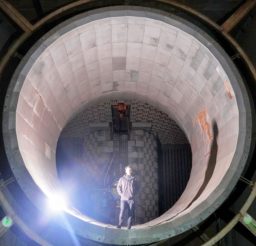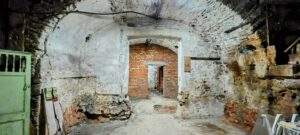Unexplored Yorkshire: York Cold War Bunker
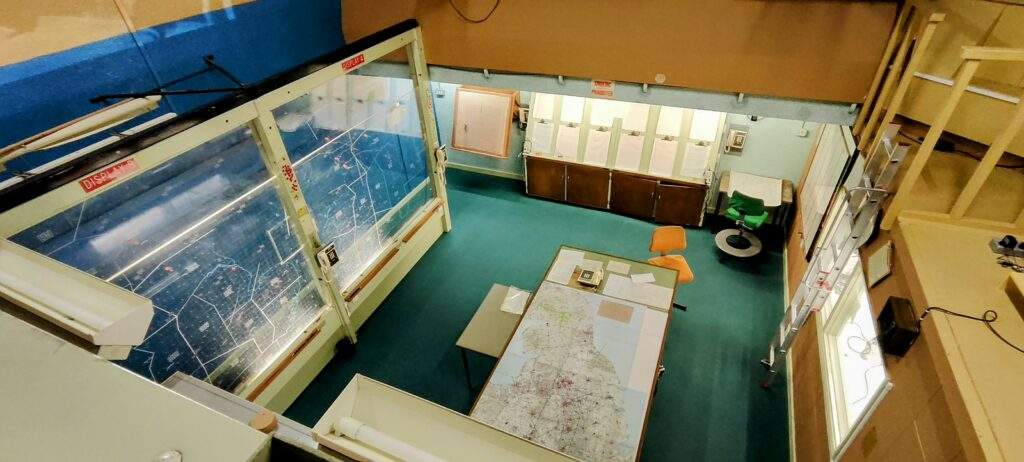
Opened in 1961, this Cold War Bunker was the headquarters of the Royal Observer Corps Number 20 Group. It was one of 31 control centres, which connected the vast network of ROC posts dotted across the country.
The Royal Observer Corps (ROC)
Before we explore the York Cold war bunker specifically, it’s worth taking note of the wider network that it was part of to get a better understanding of the role this bunker played.
The UK government built 1,563 ROC Posts- concrete structures 6 feet underground- between 1956 and 1965. They were located 15 miles apart, with 31 larger control centres and headquarters also scattered across the length and breadth of the country. More information on ROC posts can be found on our article about them here.
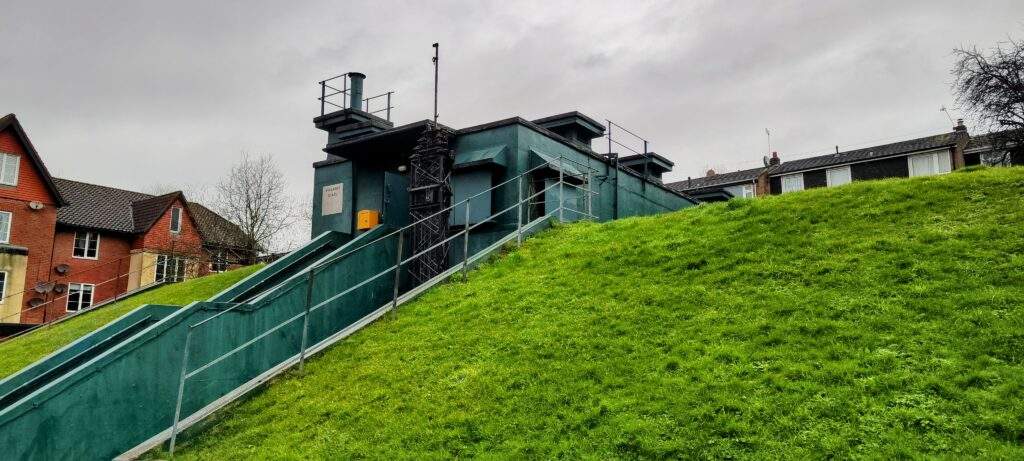
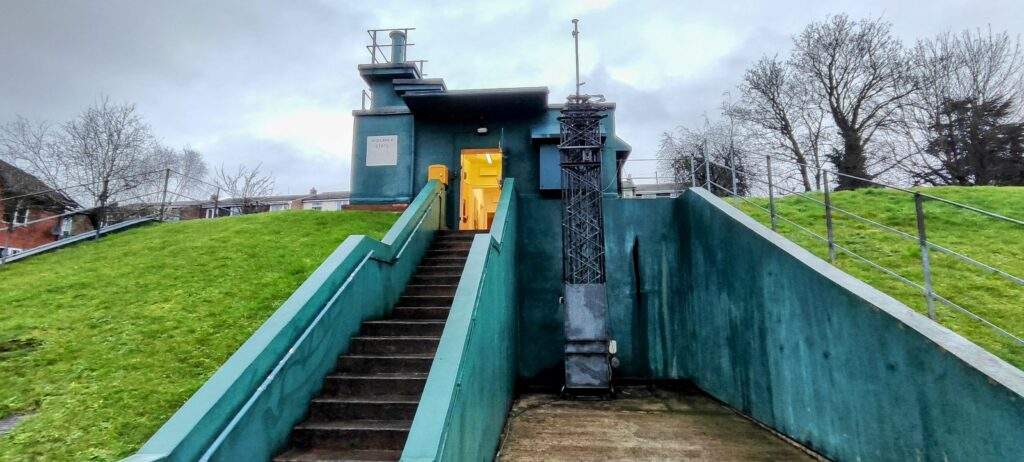
These external views of the bunker show the above-ground Entrance Block made of reinforced concrete and the blast door. The earth mound adds some protection to the lower two levels, though the bunker could not have survived a direct hit.
ROC Posts and headquarters were built as tensions rose in global politics and the risk of a nuclear attack increased during the Cold War. The posts were part of the UK Warning & Monitoring Organisation, aiming to:
- Warn the public of air attack
- Provide confirmation of nuclear strike
- Warn the public of the approach of radioactive fallout
- Supply the authorities in the UK and neighbouring countries in NATO with details of nuclear bursts and fallout
- Provide a post-attack meteorological service.
What was the York Cold War Bunker For?
So, monitoring points were dotted across the country, manned and ready to collect data about the spread of any nuclear fallout should the worst happen. But this data wasn’t particularly useful held six feet underground at 15 mile intervals across the UK. However, sent back to a central control room by GPO phone line or VHF radio, this data could be collated and used to give an overview of the situation in any given area.
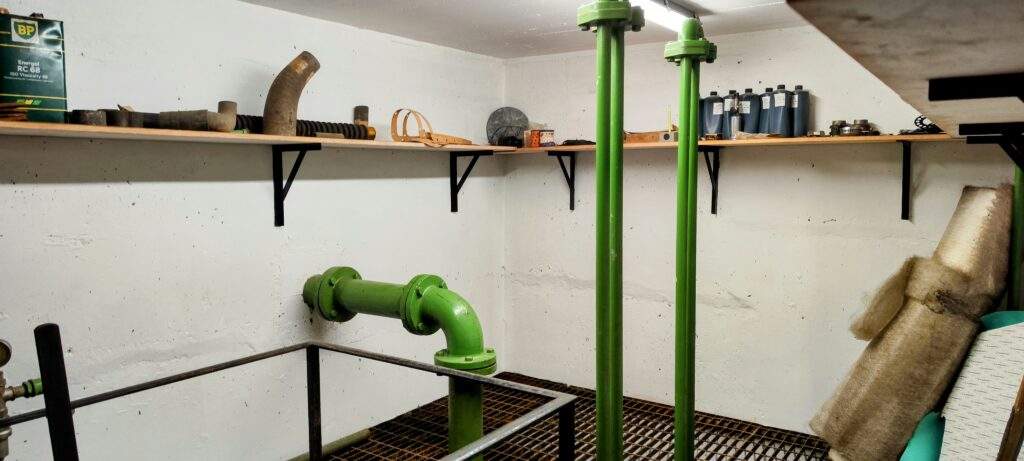

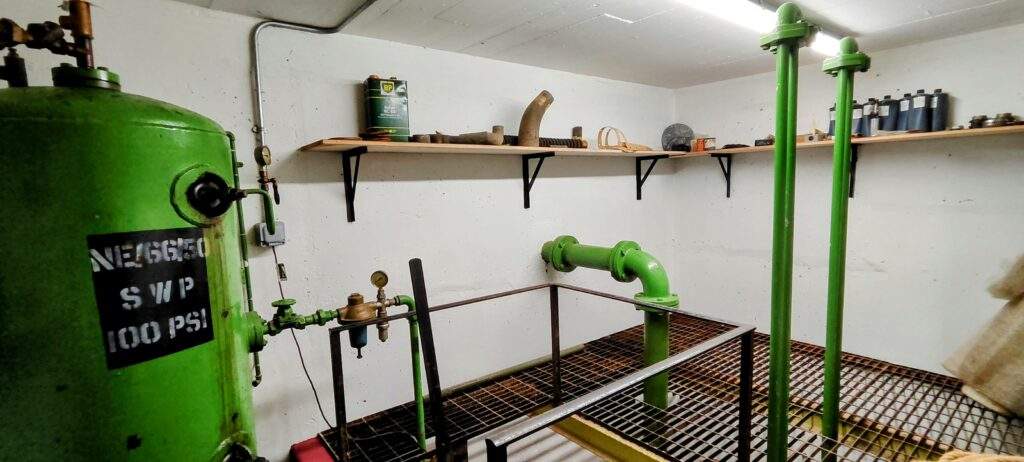
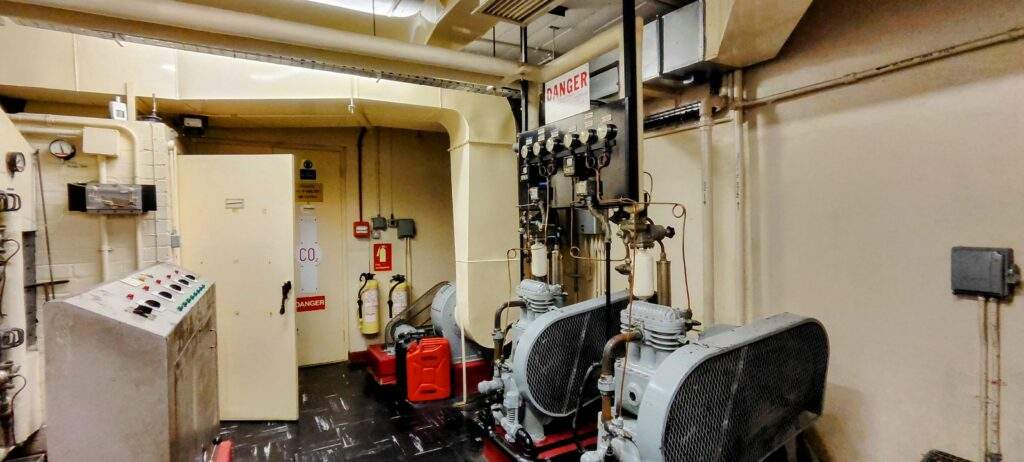
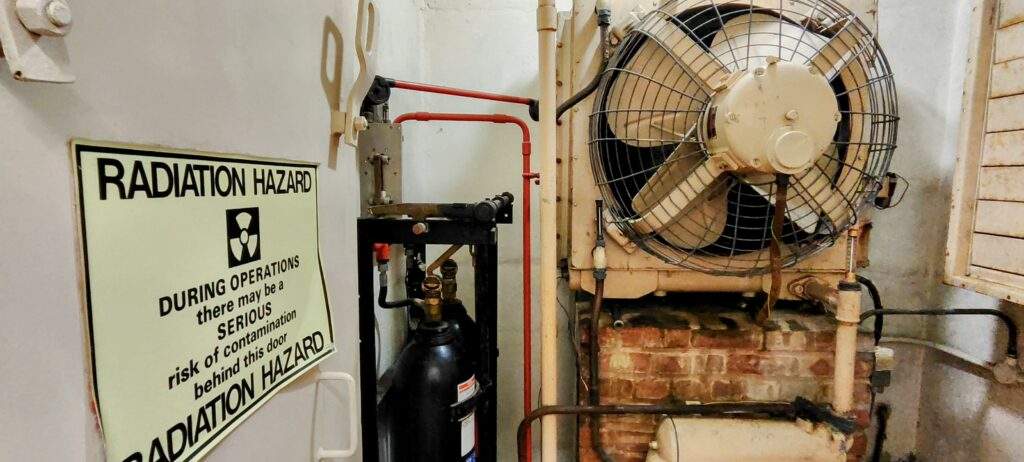
The plant room included air conditioning equipment capable of removing dust and radioactive particles, as well as a back-up generator.
This is where York Cold War Bunker comes in – it would have gathered the data collected by ROC Posts in Yorkshire to paint a picture of nuclear fallout and monitor any nuclear explosions. As the regional headquarters and control centre, it could then warn the public of approaching radioactive fallout, having mapped and tracked it in its control room.
During its operational period, the bunker could have supported 60 local volunteer members of the Royal Observer Corps, including of a ten-man United Kingdom Warning and Monitoring Organisation scientific warning team. At short notice, these volunteers would have had to leave their friends and family behind and head through the thick steel doors of the semi-subterranean building.
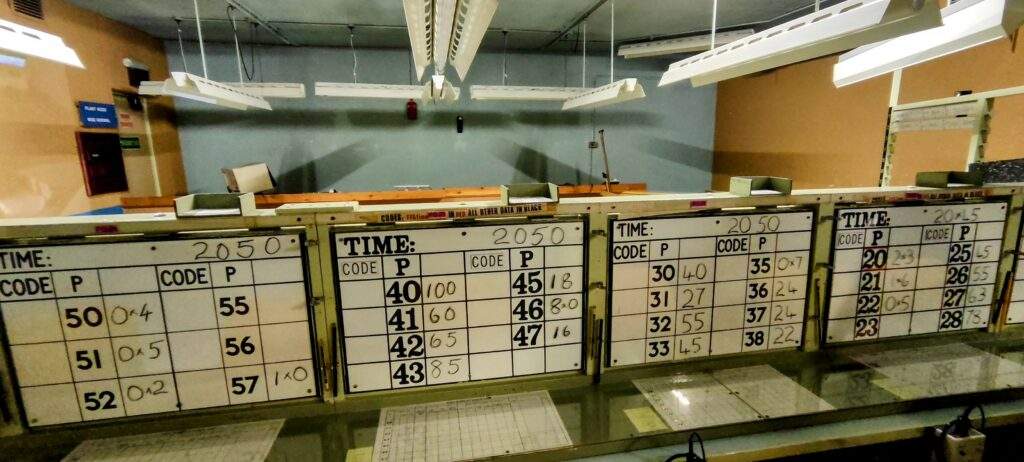
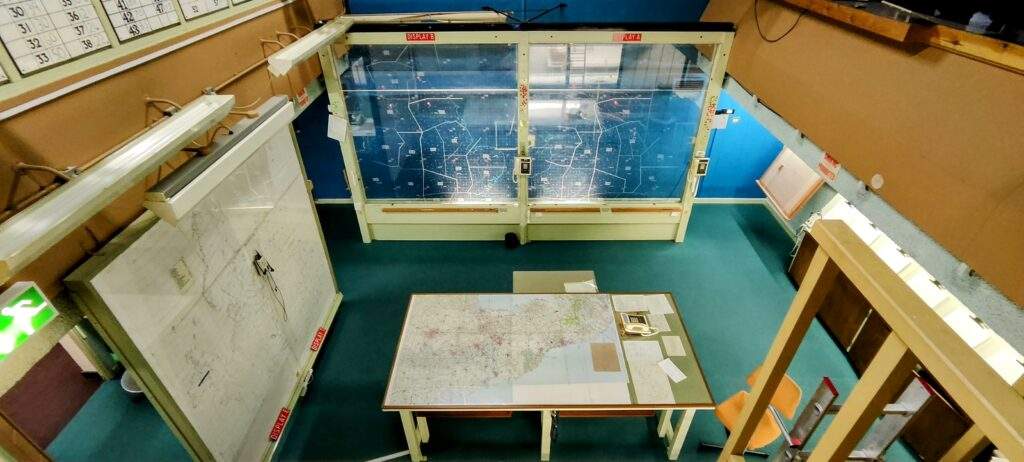
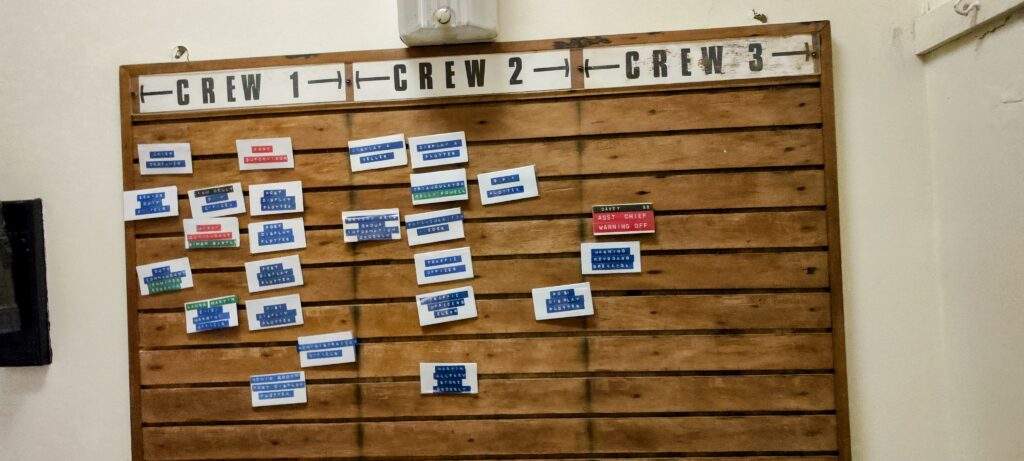
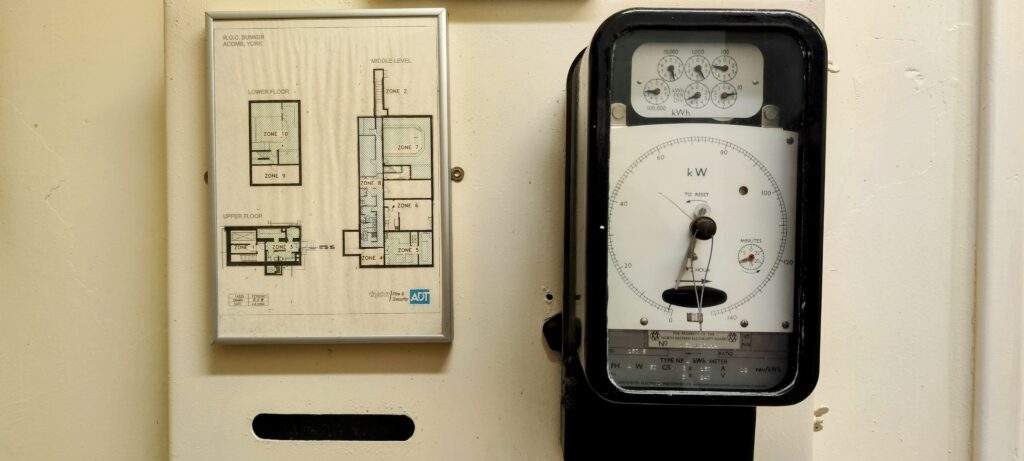
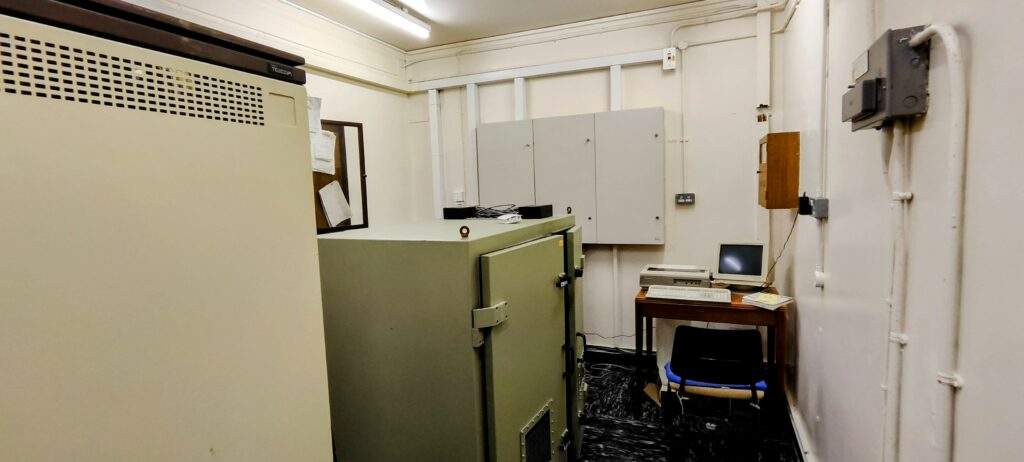
The operations room was split as a mezzanine across the mid and lower level, and was the heart of the bunker. With radio systems, a telephone exchange, a command table, rotating display boards and wall maps, data was received from ROC posts, plotted and displayed here.
This bunker, like those with the same purpose across the country, had a canteen, kitchen, plant room, operations room, officers room, toilets, dormitories, decontamination room and other service and storage rooms. Everything needed to keep those sealed within it living, though not comfortably. Water would have been rationed, beds were hot-bunked and there would have been a nuclear war waging outside. Luckily, the interior walls were painted with calming colours, known as ‘colourpsychology décor,’ to keep the mood light.
Having thankfully never been tested in Nuclear War, the bunker was stood down in 1991 with the easing of nuclear tensions, and closed in 1992.
We’ll let the pictures do the rest of the talking; but if you want to see it for yourself, the bunker was bought by English Heritage in 2000, restored, and opened for public tours. It’s the only building of its type that is preserved in its operational condition- the other 30 having been demolished, decayed or converted. The tour is well-worth doing, it’s an eye-opening, educational and unique experience that gives a lot more information, and background than you’ve read here, alongside living-memory accounts and anecdotes of the bunker. Unlike most English Heritage sites, it is visitable by guided tour only, so make sure you book before visiting.
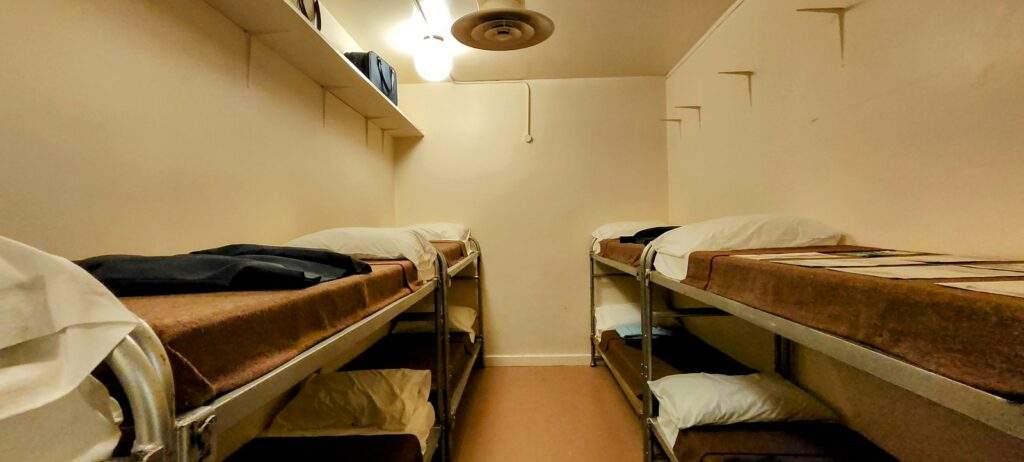
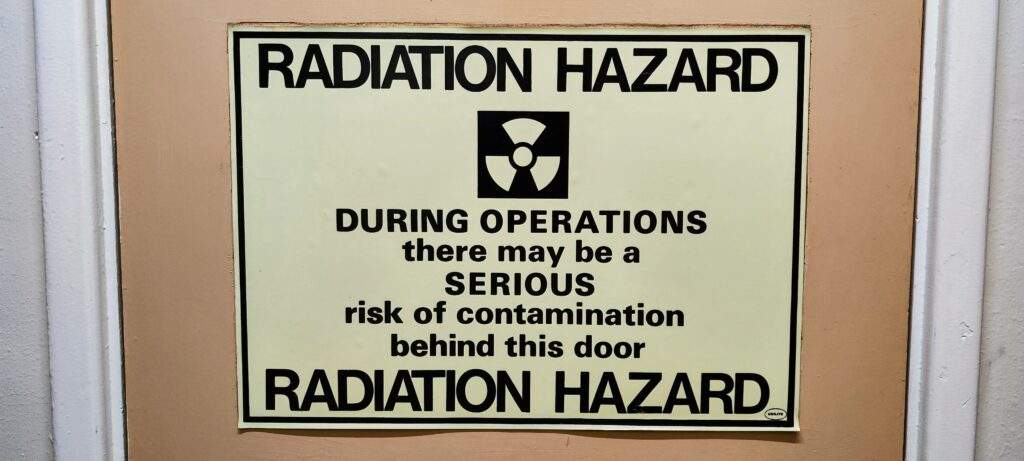
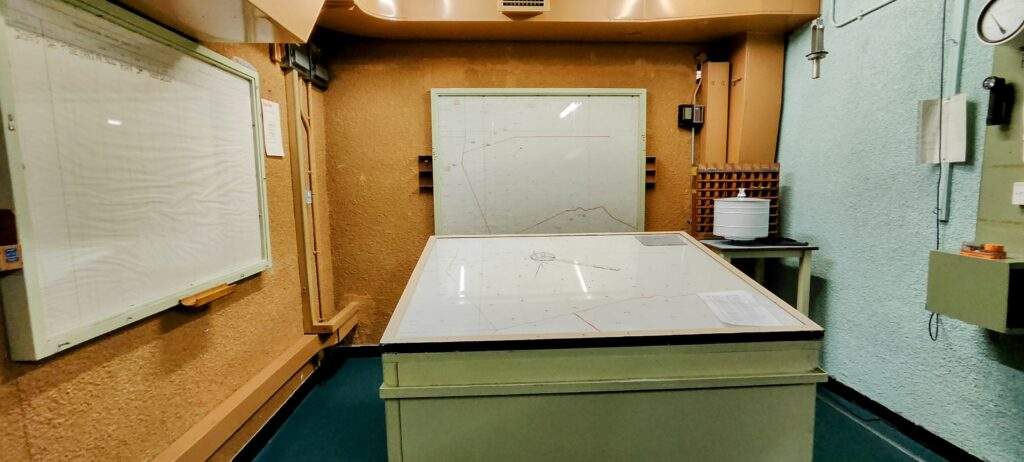
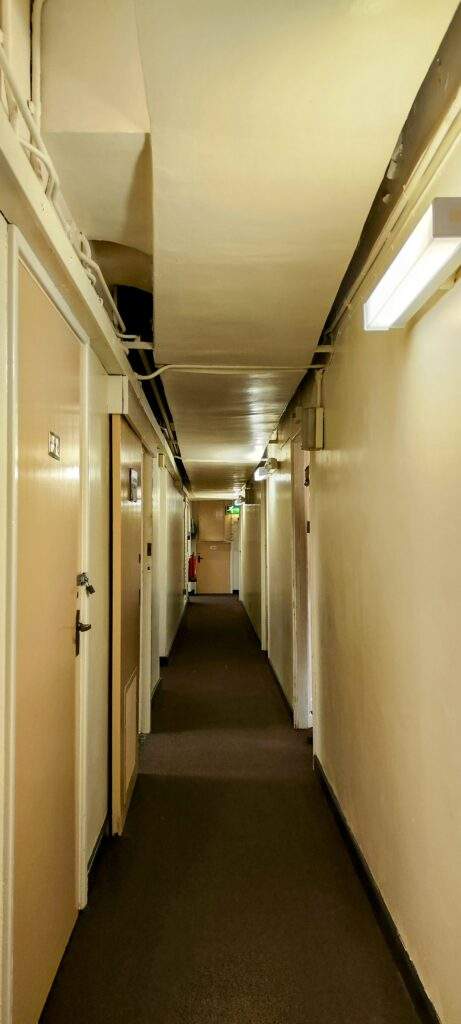
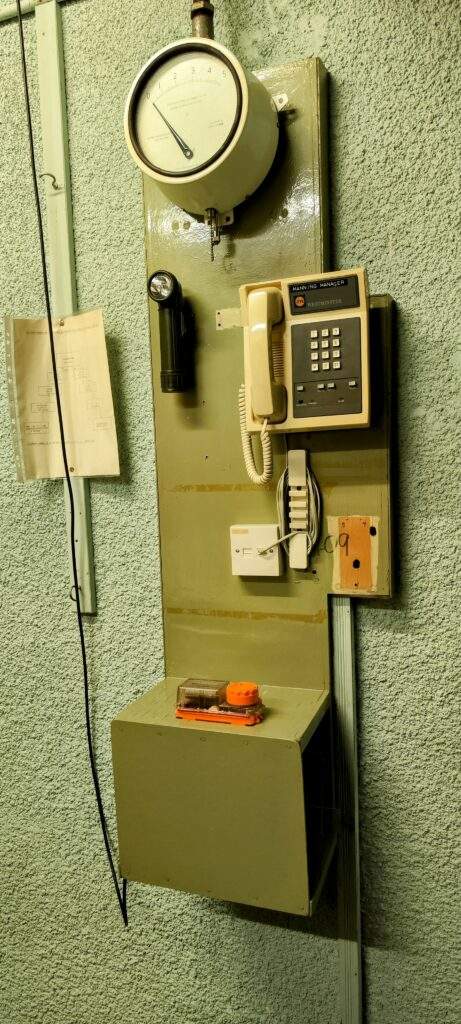
Last Updated on 22 October 2024 by Michael

